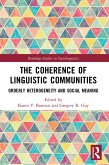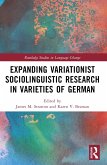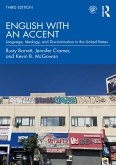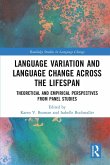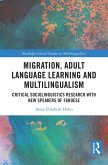Drawing on a comprehensive, integrated methodology, this research brings together diverse approaches for measuring changing social constructs and analyzing linguistic structures using state-of-the-art statistical methods bolstered by participant-observer and ethnographic observations. Beaman explores indexicalities of identity, accommodation, and geographic mobility to investigate how predictable sociolinguistic patterns promote variation and influence language change. Empirically, this volume documents processes of dialect leveling and supraregionalization and the emergence of a "Swabian Renaissance" among younger, well-educated urban speakers who leverage the social indexical status of certain linguistic variables to convey social meanings of local prestige and community belonging. Methodologically, this book offers best practices from a combined panel and trend study, demonstrating the compatibility and complementarity of real- and apparent-time analyses in uncovering the nature, rate, and dispersion of linguistic change. Theoretically, this work links intraspeaker lifespan change and interspeaker community change into a holistic approach, pushing forward our understanding of the role that "orderly heterogeneity" plays in language variation and change.
This book will be of interest to students and scholars in sociolinguistics, linguistic anthropology, dialectology, and historical linguistics.
Dieser Download kann aus rechtlichen Gründen nur mit Rechnungsadresse in A, B, BG, CY, CZ, D, DK, EW, E, FIN, F, GR, HR, H, IRL, I, LT, L, LR, M, NL, PL, P, R, S, SLO, SK ausgeliefert werden.




